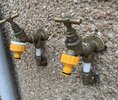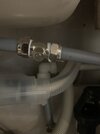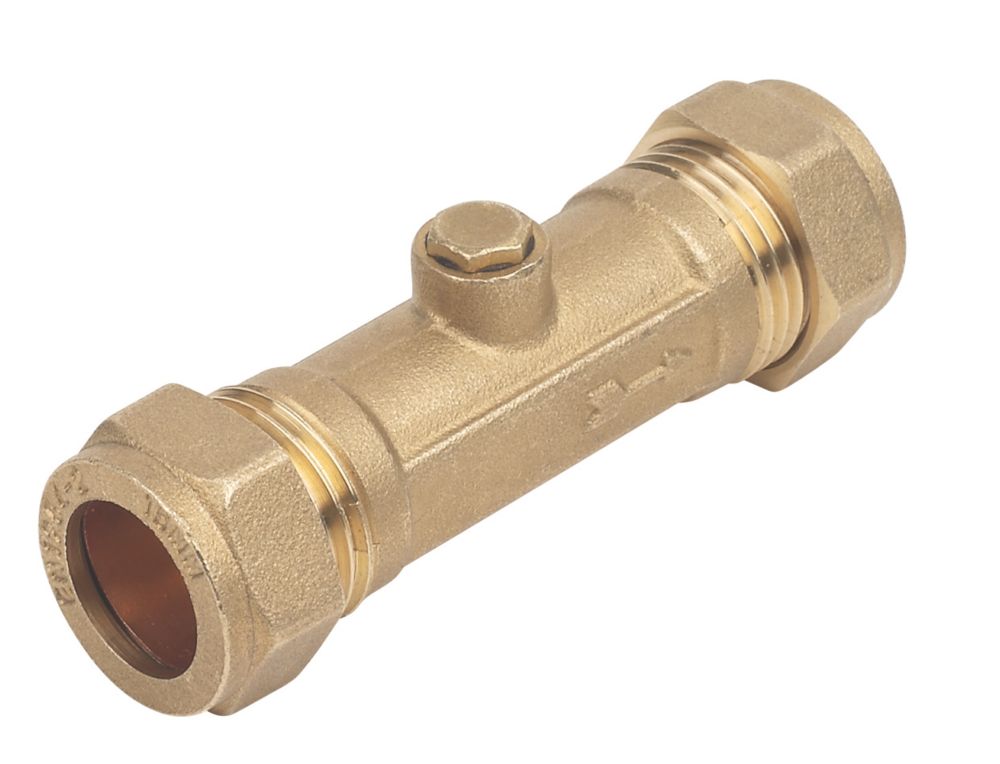Hey
I had these taps put on summer 21 as part of a kitchen refit, there was a shortage apparently of taps, pipes, joints cant recall what he said and this is what I got, tbh with some of the issues I think it was the fitter taking rubbish...anyway one tap is hot one cold. Behind the wall is plastic piping, bends with a joint to more plastic piping and have a stop value further along. There is no access to this bend to change without removing integrated dishwater.
The issue is the hot water one, the white pipe outside that you can see in photo has cracked. Cold is fine
Whats best way to replace?
Replace the outside Plastic Pipe and insulate in winter/turn off?
Replace the outside plastic pipe with copper?
Is there a better connection to attach to the plastic pipe coming out the wall and fit a new tap directly on to that connector?
Any other ideas, baring in mind no access to the pipe coming out the wall form the inside other than to steady the pipe from the inside, i.e can get hand along to hold it while a new connector is fitted on the outside.
I hope that makes some sense.
I had these taps put on summer 21 as part of a kitchen refit, there was a shortage apparently of taps, pipes, joints cant recall what he said and this is what I got, tbh with some of the issues I think it was the fitter taking rubbish...anyway one tap is hot one cold. Behind the wall is plastic piping, bends with a joint to more plastic piping and have a stop value further along. There is no access to this bend to change without removing integrated dishwater.
The issue is the hot water one, the white pipe outside that you can see in photo has cracked. Cold is fine
Whats best way to replace?
Replace the outside Plastic Pipe and insulate in winter/turn off?
Replace the outside plastic pipe with copper?
Is there a better connection to attach to the plastic pipe coming out the wall and fit a new tap directly on to that connector?
Any other ideas, baring in mind no access to the pipe coming out the wall form the inside other than to steady the pipe from the inside, i.e can get hand along to hold it while a new connector is fitted on the outside.
I hope that makes some sense.
Attachments
Last edited:





